In recent years, there has been a growing interest in sustainable and eco-friendly food options. One such culinary delight that has gained popularity is green caviar, also known as sea grapes or umibudo. This delicacy offers a unique taste, nutritional benefits, and most importantly, an environmentally conscious alternative to traditional caviar. What is Green Caviar? Green caviar is derived from a species of seaweed called Caulerpa lentillifera, which is commonly found in the warm coastal waters of Southeast Asia, particularly Japan, the Philippines, and Vietnam. Resembling tiny green grapes, these seaweed pearls burst with a distinct and umami flavor, making them a popular choice among food enthusiasts.
.
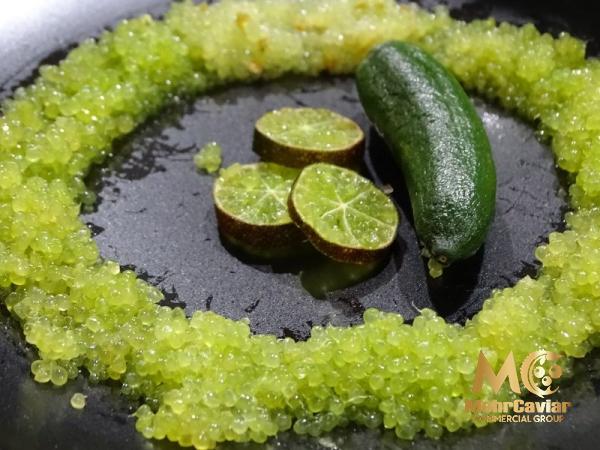 Sustainable Harvesting Practices: One of the most significant advantages of green caviar is its sustainable harvesting process. Unlike traditional caviar, which is obtained by harvesting and sacrificing endangered sturgeon, green caviar is both plant-based and sustainable. The seaweed is carefully hand-picked, allowing the plant to regrow rapidly, ensuring a continuous supply of this delicacy. Nutritional Value: Green caviar is not just a sustainable alternative to traditional caviar but also packed with nutritional benefits. It is low in calories, fat-free, and a rich source of vitamins A and C, as well as minerals like calcium and magnesium. Moreover, it contains essential amino acids, antioxidants, and dietary fiber that contribute to a healthy diet.
Sustainable Harvesting Practices: One of the most significant advantages of green caviar is its sustainable harvesting process. Unlike traditional caviar, which is obtained by harvesting and sacrificing endangered sturgeon, green caviar is both plant-based and sustainable. The seaweed is carefully hand-picked, allowing the plant to regrow rapidly, ensuring a continuous supply of this delicacy. Nutritional Value: Green caviar is not just a sustainable alternative to traditional caviar but also packed with nutritional benefits. It is low in calories, fat-free, and a rich source of vitamins A and C, as well as minerals like calcium and magnesium. Moreover, it contains essential amino acids, antioxidants, and dietary fiber that contribute to a healthy diet.
..
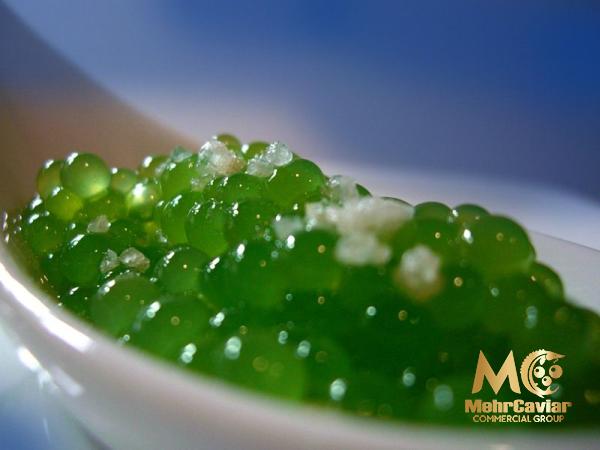 Culinary Applications: Green caviar’s unique texture and flavor make it a versatile ingredient in various culinary preparations. It can be served raw as a garnish for sushi, salads, and seafood dishes, or incorporated into soups, stews, and stir-fries. The possibilities are endless, allowing chefs and food enthusiasts to explore and experiment with this vibrant delicacy. Environmental Impact: With the concerns surrounding overfishing and the decline of sturgeon populations, green caviar provides an ecologically conscious choice without compromising on taste or quality. Its cultivation requires no fresh water, arable land, or chemicals, making it an excellent sustainable alternative for the environment.
Culinary Applications: Green caviar’s unique texture and flavor make it a versatile ingredient in various culinary preparations. It can be served raw as a garnish for sushi, salads, and seafood dishes, or incorporated into soups, stews, and stir-fries. The possibilities are endless, allowing chefs and food enthusiasts to explore and experiment with this vibrant delicacy. Environmental Impact: With the concerns surrounding overfishing and the decline of sturgeon populations, green caviar provides an ecologically conscious choice without compromising on taste or quality. Its cultivation requires no fresh water, arable land, or chemicals, making it an excellent sustainable alternative for the environment.
…
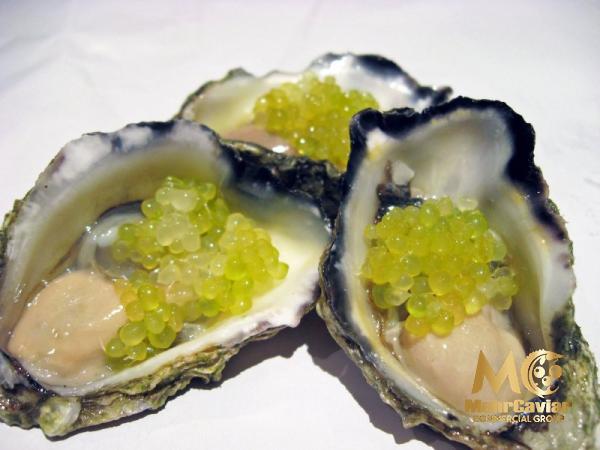 Market Potential: The demand for green caviar is steadily increasing around the world as consumers become more conscious of their food choices. Its unique taste, health benefits, and sustainable qualities make it an attractive option for both food enthusiasts and environmentally conscious individuals. Companies are increasingly recognizing this potential and are investing in the cultivation, production, and distribution of green caviar to meet the growing market demand. Conclusion: As the world shifts towards sustainability and ecological responsibility, green caviar emerges as a promising alternative to traditional caviar. Its unique taste, nutritional value, and sustainable harvesting practices make it an excellent choice for food enthusiasts and environmentally conscious consumers. By embracing green caviar, we contribute to a greener future while indulging in a truly exquisite culinary experience.
Market Potential: The demand for green caviar is steadily increasing around the world as consumers become more conscious of their food choices. Its unique taste, health benefits, and sustainable qualities make it an attractive option for both food enthusiasts and environmentally conscious individuals. Companies are increasingly recognizing this potential and are investing in the cultivation, production, and distribution of green caviar to meet the growing market demand. Conclusion: As the world shifts towards sustainability and ecological responsibility, green caviar emerges as a promising alternative to traditional caviar. Its unique taste, nutritional value, and sustainable harvesting practices make it an excellent choice for food enthusiasts and environmentally conscious consumers. By embracing green caviar, we contribute to a greener future while indulging in a truly exquisite culinary experience.

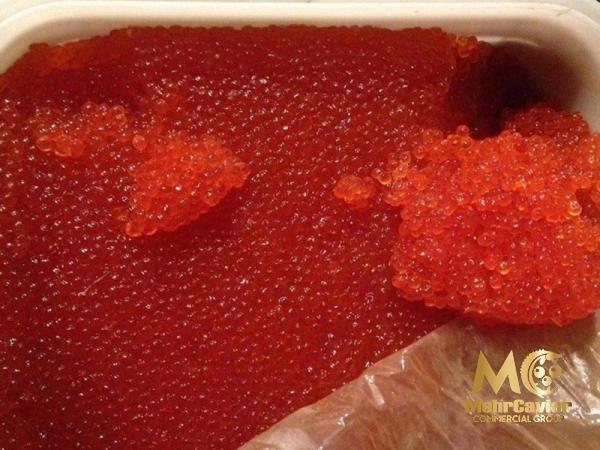
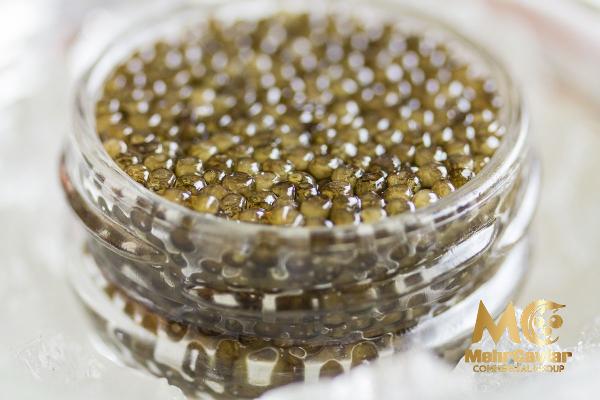




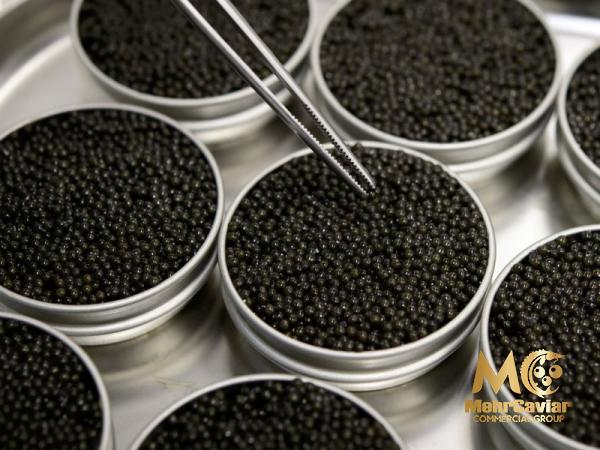
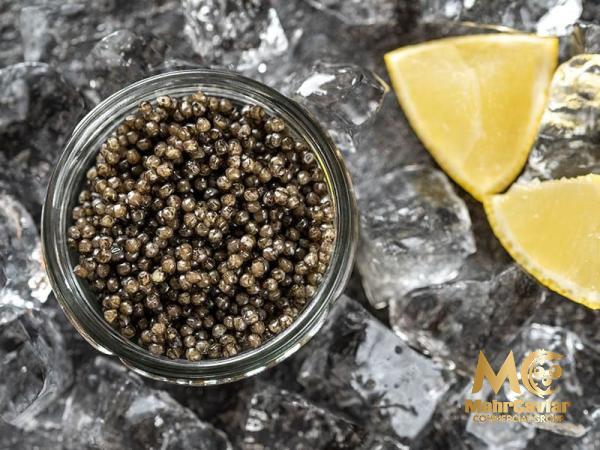
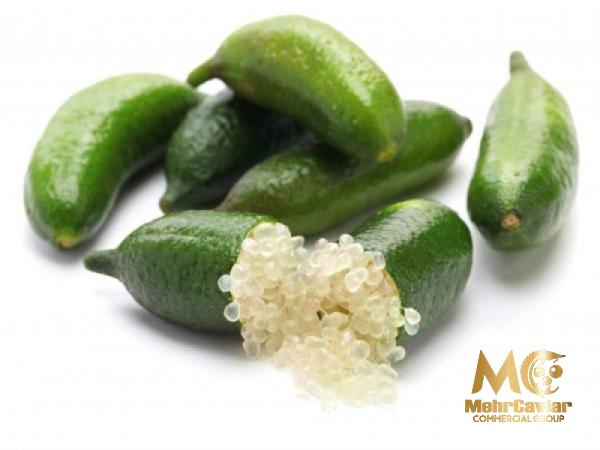
Your comment submitted.